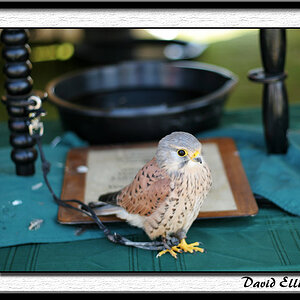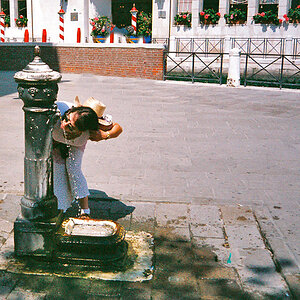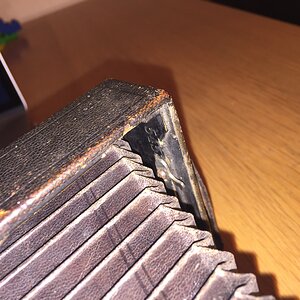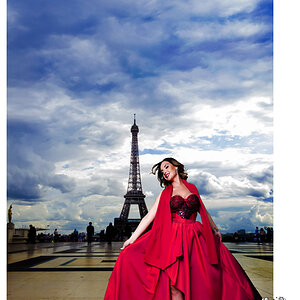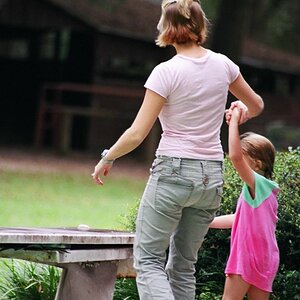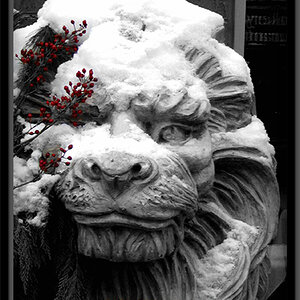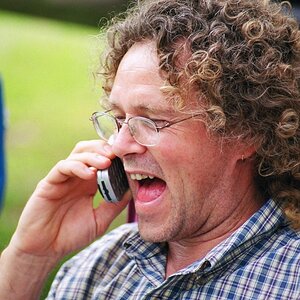NikonChick
TPF Noob!
A coworker wanted some shots of her daughter and I figured I could use the practice. Im apparently as out of practice as I thought.
These are a couple that DIDNT have really wonky lighting (its amazing how easy it is have your lights set up in such a way as to have it look like your subject has a black eye.)
As you can see, they can use some primping. Ive been doing nothing but still lifes for way too long...Ive gotta get back in the habit of adjusting light throughout a shoot.
Ah well, she was happy with them and Ive (re)learned a few things. :blushing:



These are a couple that DIDNT have really wonky lighting (its amazing how easy it is have your lights set up in such a way as to have it look like your subject has a black eye.)
As you can see, they can use some primping. Ive been doing nothing but still lifes for way too long...Ive gotta get back in the habit of adjusting light throughout a shoot.
Ah well, she was happy with them and Ive (re)learned a few things. :blushing:





